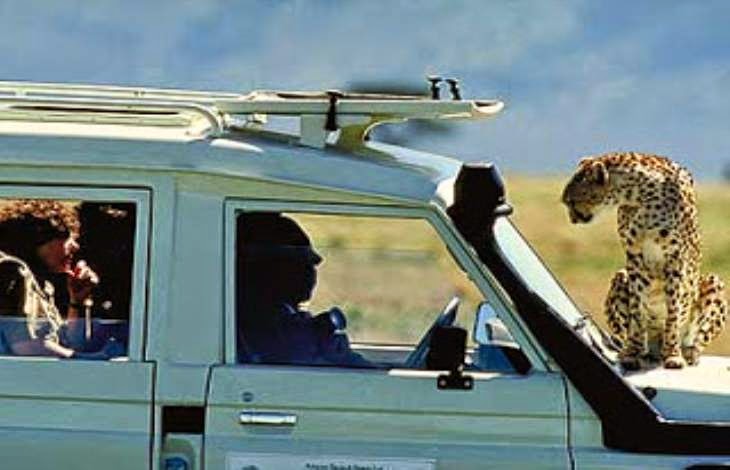Calabar Festival and Carnival, Cross-River, NIGERIA
Let me assume you've heard about or seen the Notting Hill Carnival held annually on the streets of Notting Hill in the Royal Borough of Kensington and Chelsea, London. Let me further assume you know about the annual Rio de Janeiro Carnival in Brasil. These are world class examples of street party in Europe and South America.
Not many know that Africa has its own examples of world class street party the biggest of which is the Calabar Festival and Carnival which holds annually in the south-south Nigerian Cross River State from November 30 through January 1 - a 32-day display of Africa heritage.
Within these 32 days, special attention is given to December 26 and 27. These two days highlight the whole 32-day event with music, dance, drama and visual creativity that is reflected in the design of floats, costumes and makeups. These are the days of Calabar Carnival or Carnival Calabar as it's officially known.
The fun and relaxed atmosphere around the carnival notwithstanding, a great degree of thought, creativity and discipline goes into the interpretation of the carnival theme under a strict adjudication process. The result is pure magic- an outpouring of colour, sound and spectacle, unmatched by anything else on the continent.
The carnival features 5 major competing bands, namely: Bayside Band, Masta Blasta Band, Freedom Carnival Band, Passion-4 Carnival Band and the Seagull Carnival Band; as well as 10 non-competing bands. Each of the major bands is comprised of approximately 10,000 revelers, including up to five kings and queens wearing large scale costumes that interpret the annual theme and set the tone for the other outfits.
Sections of these costumed revelers create a riot of color and sparkle, along a 12km route accompanied by live music, DJs, well-decorated floats and steel bands. The carnival parade terminates at the UJ Esuene Stadium which is the final adjudication and end point of the competition for 'Band of the year' in various categories. This competition attracts an additional 15,000 seated spectators and 10,000 others in and around the stadium, as well as 50 million TV viewers.
Calabar Carnival was created as part of the vision of making the Cross River State in Nigeria, the number one tourist destination for Nigerians and tourist all over the world. The carnival has boosted the cultural mosaic of Nigeria people while entertaining the millions of spectators within and outside the State, and boosting industry for all stakeholders.
Now you've heard about it. Mark your calendar and save the dates for Africa's Biggest Street Party - December 26 - 27, 2014.
Photo Credits: CalabarCarnival.Com, Vanguard Newspapers, Google
Sources: CalabarCarnival.Com, Cross River State Tourism Bureau, Wikipedia






























































